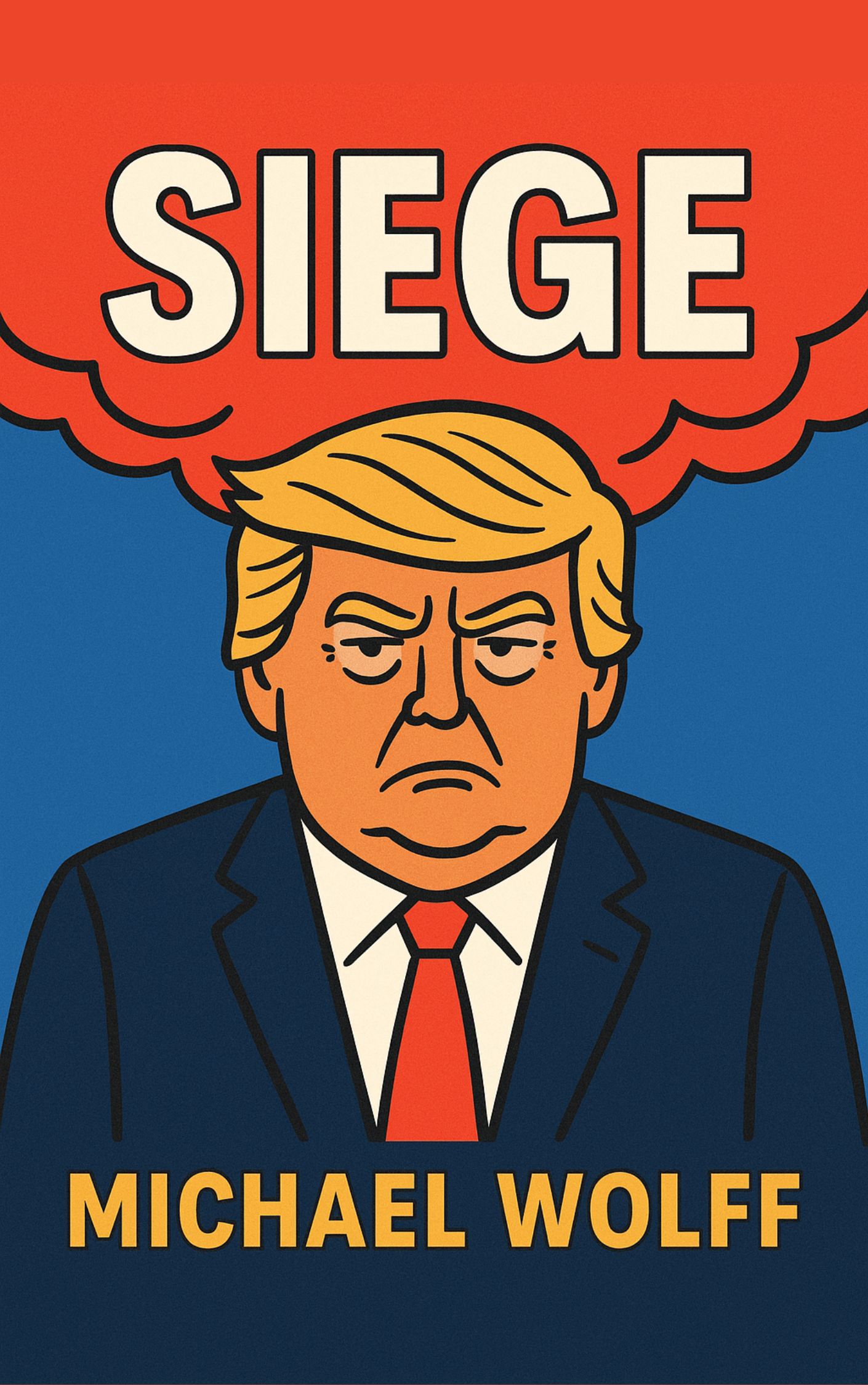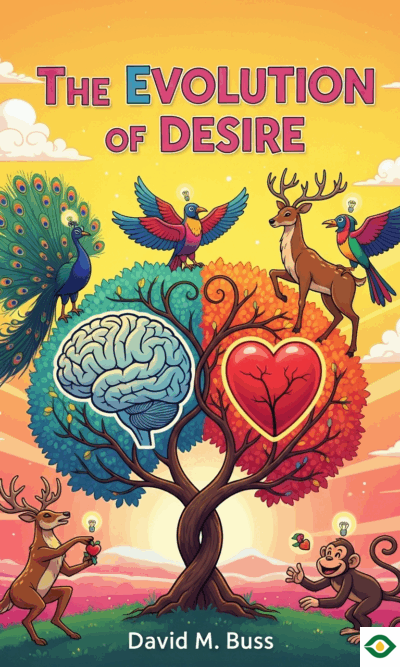Description
Michael Wolff’s Siege takes readers behind the doors of the Trump White House during the years 2017 to 2019. Instead of the polished image that leaders try to project, what emerges is a picture of a divided, suspicious, and unpredictable administration. The story is filled with mistrust, sudden firings, constant scandals, and characters pulling the president in different directions. It feels less like the center of power in the world and more like a palace court full of plotting and betrayal.
From the beginning, Donald Trump’s presidency was overshadowed by Robert Mueller’s investigation into Russian interference in the 2016 election. Everyone inside the White House feared that they could be caught in something criminal. Staff members tried to avoid being present in meetings, afraid they might be dragged into legal trouble later. Even Trump himself asked his lawyers daily if he was safe from being charged. While he wanted reassurance, deep down everyone knew he was the main target. In this environment, Trump lashed out at his staff, mocking them, questioning their loyalty, and even ridiculing their appearance if he felt frustrated. He suspected his own son-in-law, Jared Kushner, of using his White House access for personal business gains, which only added to the tension.
Outside the White House, Steve Bannon, Trump’s former strategist, remained influential even after being fired. Bannon believed Trump was drifting away from his promises, especially the famous pledge to build a border wall. He worried that Trump’s family members, particularly Kushner and Ivanka, were softening his message. From his exile, Bannon kept pressure on Trump through media appearances, interviews, and articles, knowing the president would notice. Despite being pushed out, Bannon’s fingerprints still appeared in Trump’s decisions, such as the appointments of Mike Pompeo and John Bolton.
While Trump fought political fires at home, the cultural clash between him and Robert Mueller highlighted the sharp divide in American life. Mueller represented the straight, by-the-book establishment—disciplined, reserved, and principled. Trump was the opposite: flamboyant, rule-breaking, and aggressive. The two men embodied a deeper cultural war. To defend himself, Trump brought in Rudy Giuliani, who mirrored Trump’s own chaotic style. Giuliani turned legal defense into political theater, deflecting questions and attacking opponents. His performances distracted the media and even made Trump appear like a victim of elites, a strategy that surprisingly resonated with many supporters.
But Trump’s biggest vulnerabilities were not just political. His personal life, especially his behavior toward women, drew heavy criticism. Old recordings and the growing #MeToo movement created fear among his advisers that many women might step forward with accusations. Meanwhile, his marriage to Melania seemed distant and cold. She rarely stayed in the White House and appeared detached from political life. The press noticed her silence and symbolic gestures, such as the controversial jacket with the words “I Really Don’t Care, Do U?” which sparked endless speculation.
Jared Kushner’s growing role in foreign policy also created tension. Unlike Trump’s nationalist advisers, Kushner leaned toward diplomacy. Guided by elder statesmen like Henry Kissinger, he pushed Trump to engage with rivals rather than fight them. His influence led to Trump’s unexpected meeting with North Korean leader Kim Jong-un in Singapore. Although the meeting was light on substance, it shocked the political establishment. For Kushner, it was proof that diplomacy could soften old conflicts. For critics, it was dangerous theater without real strategy.
The same pattern played out with Russia. In 2018, Trump met privately with Vladimir Putin in Helsinki. After the meeting, Trump appeared subdued while Putin looked confident. To many Americans, it seemed Trump had given away too much. He even cast doubt on the conclusion of U.S. intelligence agencies that Russia interfered in the 2016 election. This performance left observers stunned and angry, raising suspicions about what might have been said in private. Instead of calming the storm, Trump responded with anger toward the media, further deepening mistrust.
The midterm elections of 2018 delivered another blow. Democrats regained control of the House of Representatives, giving them power to investigate and challenge the president more aggressively. Trump’s campaign strategy seemed tired compared to 2016. While Democrats sent out thousands of volunteers to knock on doors, Republicans relied heavily on ads. On election night, Trump hosted a celebration in the White House, seemingly ignoring the setbacks as if nothing had gone wrong. Critics, including Bannon, saw this as proof that Trump had become exactly what he once attacked: a leader comfortable with “the swamp” of Washington politics.
All of this built toward the long-awaited release of the Mueller report in 2019. For years, it had loomed as the threat that could bring Trump down. Expectations were sky-high, with some advisers predicting it would expose corruption and misconduct that would end his presidency. But when it finally came out, the results were far less dramatic. The investigation found no conclusive evidence that Trump’s campaign had conspired with Russia. For Trump’s enemies, this was a crushing disappointment. They believed Mueller had been too cautious, missing chances to confront Trump directly. For Trump, however, it was a moment of triumph. He declared himself vindicated, bragging about his survival, and painting himself as a fighter who had defeated the establishment once again.
Taken together, Siege paints a picture of a presidency in constant turmoil. Trump’s leadership was shaped by distrust of his own team, reliance on spectacle over strategy, and a willingness to break traditions. Figures like Bannon and Kushner pulled him in opposite directions—one pushing nationalist populism, the other favoring diplomacy. The investigation by Mueller hung like a shadow over the administration, but in the end, Trump managed to twist its outcome into a victory.
The book shows a leader who thrived on conflict and spectacle, even when it weakened the institutions around him. Between scandals, shifting alliances, media battles, and endless drama, the Trump presidency during this period looked less like steady governance and more like survival inside a storm. And yet, despite all predictions of collapse, Trump endured, claiming each narrow escape as proof of his toughness.





